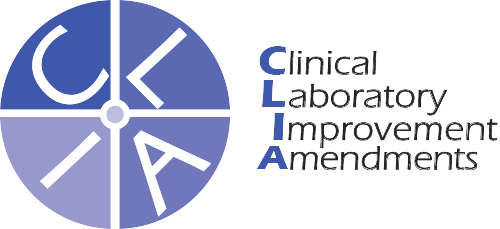Prostatitis
Prostatitis refers to inflammation of the prostate gland, a small gland located beneath the bladder in men. It can cause a range of symptoms and discomfort in the pelvic area. Prostatitis is a common condition and can be caused by various factors, including infections, inflammation, and sometimes unknown causes. There are different types of prostatitis, each with its own characteristics.
Types
- Acute Bacterial Prostatitis: This is a sudden bacterial infection of the prostate gland that causes severe symptoms such as fever, chills, pain in the lower abdomen, and pain during urination. It requires prompt medical attention and antibiotic treatment.
- Chronic Bacterial Prostatitis: This type involves recurrent or persistent bacterial infections of the prostate gland. Symptoms may be milder but can be ongoing over an extended period.
- Chronic Prostatitis/Chronic Pelvic Pain Syndrome (CP/CPPS): This is the most common form of prostatitis and is characterized by pelvic pain or discomfort lasting for at least three months. It can involve various symptoms, including pain during urination, pain in the pelvic region, discomfort during ejaculation, and more. The cause is not well understood, and it may not always be related to infection.
- Asymptomatic Inflammatory Prostatitis: This type does not cause noticeable symptoms but is associated with inflammation of the prostate gland that is detected through elevated levels of white blood cells in the semen or prostatic fluid.
Causes
- Infections: Acute and chronic bacterial prostatitis are caused by bacterial infections, often originating from the urinary tract or the bloodstream.
- Non-Infectious Causes: Chronic prostatitis/chronic pelvic pain syndrome (CP/CPPS) may be related to inflammation, muscle dysfunction, nerve irritation, or other factors not necessarily involving infection.
Symptoms
Symptoms vary depending on the type of prostatitis but can include:
- Pain or discomfort in the pelvic area, lower abdomen, or lower back.
- Pain or burning during urination.
- Frequent urination, especially at night.
- Painful ejaculation.
- Fever and chills (in acute bacterial prostatitis).
Diagnosis
A healthcare provider will diagnose prostatitis based on medical history, physical examination, and possibly tests such as urine analysis, prostate fluid analysis, and sometimes imaging studies.
Treatment
- Acute bacterial prostatitis requires antibiotic treatment to clear the infection.
- Chronic bacterial prostatitis also requires antibiotic treatment, but it may be more challenging to completely eliminate the infection.
- For chronic prostatitis/chronic pelvic pain syndrome (CP/CPPS), treatment focuses on managing symptoms and may involve pain relief, anti-inflammatory medications, physical therapy, stress management, and sometimes alpha-blockers to relax muscles around the prostate.
Prognosis
Prognosis varies based on the type of prostatitis. Acute bacterial prostatitis can usually be successfully treated with antibiotics. Chronic forms may require longer-term management to alleviate symptoms and improve quality of life.
If you suspect you have prostatitis or are experiencing symptoms such as pelvic pain, discomfort during urination, or other urinary issues, it’s important to consult a healthcare provider or a urologist. They can diagnose the condition, determine the type of prostatitis, and recommend appropriate treatment options based on your specific situation.
Accredited By




